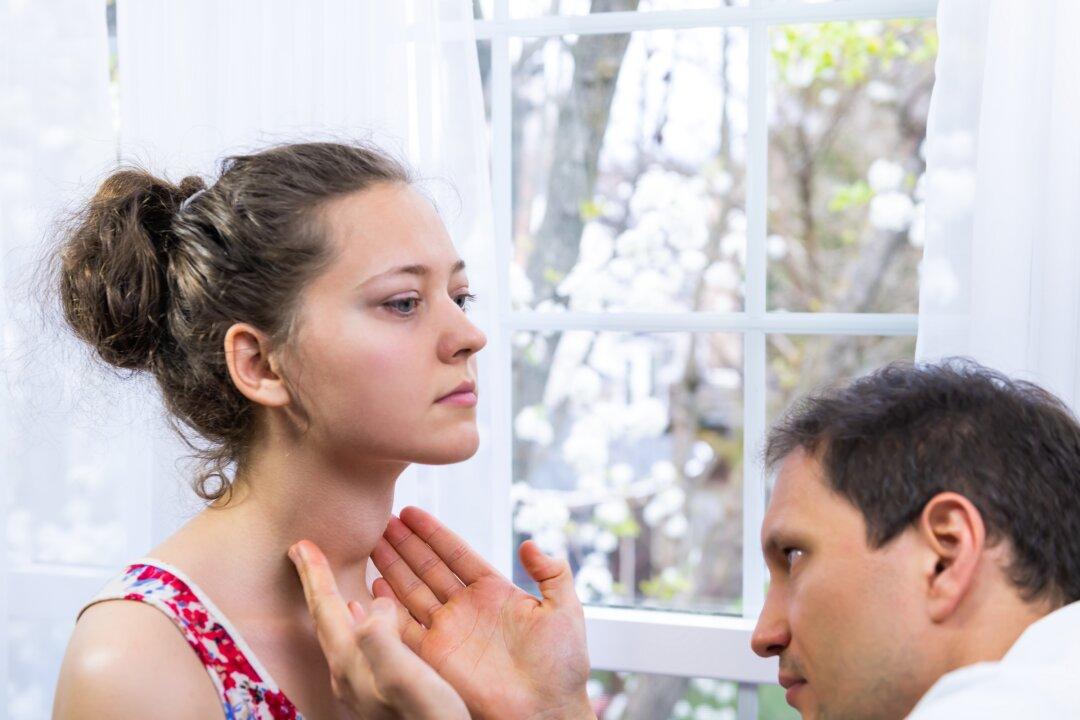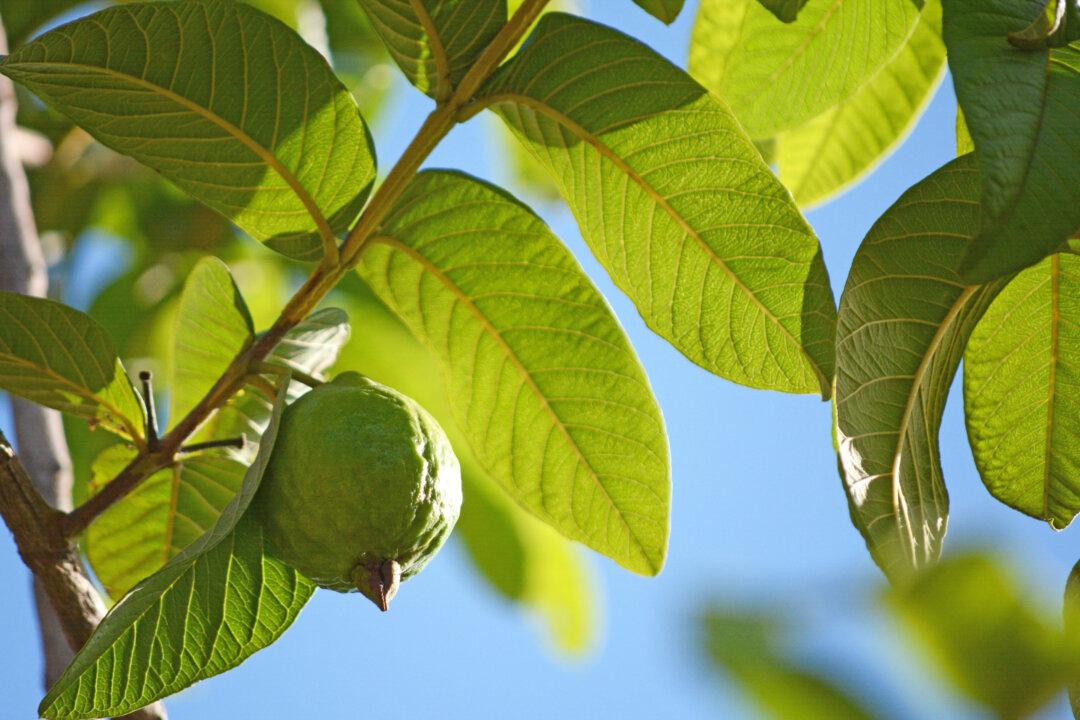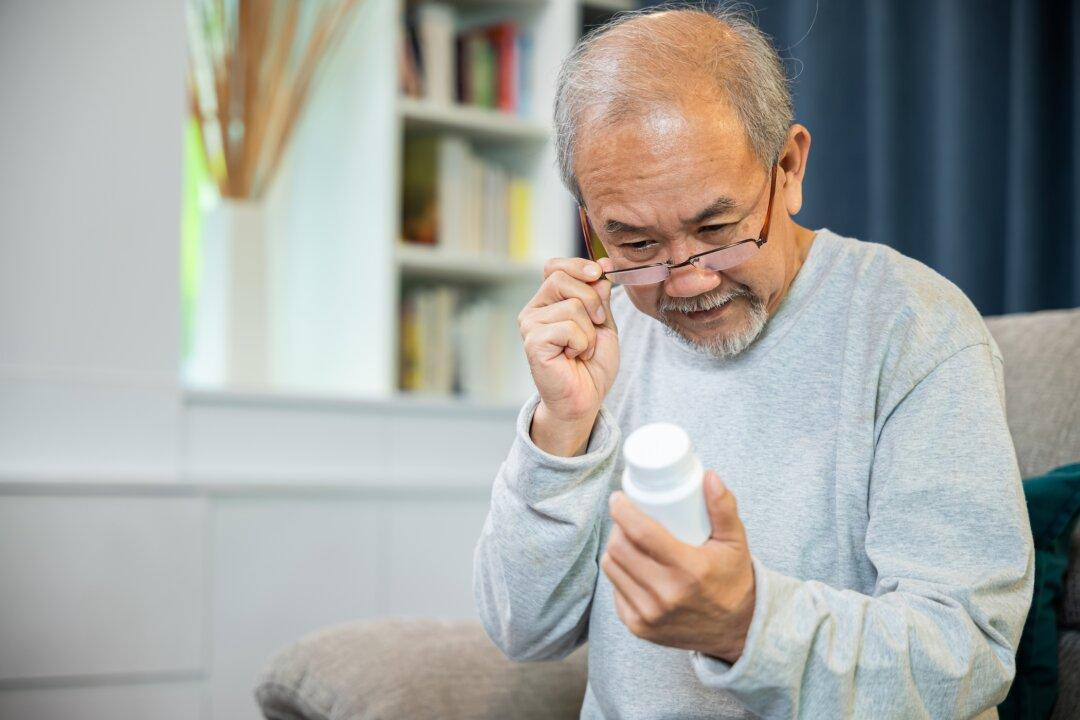It’s that time of year, when “pumpkin spice” becomes ubiquitous for everything from coffee to the candle burning on your bedside table. Let’s take a closer look at the warmly aromatic spice blend that has become synonymous with fall
Pumpkin spice, often sold as pumpkin pie spice, is a convenience blend of the different spices called for in a traditional pumpkin pie recipe. A combination of cinnamon, ginger, nutmeg, cloves and sometimes allspice, these warm, aromatic spices bring out the subtle sweetness of pumpkin, a type of squash used not just in pies, but in breads, cookies, drinks and other recipes that mark the autumn season in North America.





